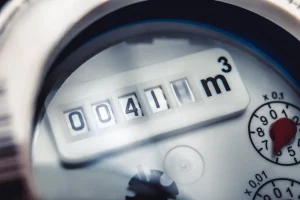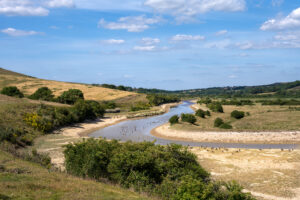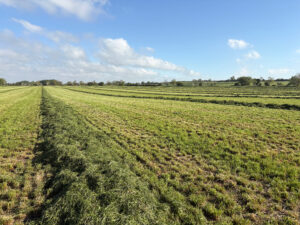If you’re travelling abroad on business or going abroad on holiday, there are many things to think about, from remembering your passport to navigating a new place or language. But how much do you worry about the quality of the drinking water? In the UK, we’re used to turning on the tap and filling a glass with water that we know is safe to drink. But can we be so confident when it comes to drinking water in other countries and their wastewater treating quality?
According to the World Health Organization, 74% of the global population have access to safely resorts for tourists to enjoy, sadly not all the water from those taps is safe enough to drink.
Which countries have the cleanest tap water?
As we have previously reported, the UK’s tap water is some of the cleanest in the world, along with tap water in Switzerland, Canada, New Zealand, Singapore, Germany, Scandinavia and Finland. This is partly because of the glaciers and natural lakes that are part of the landscape in many of these countries, but also (and entirely in the case of Singapore) because of excellent filtration systems coupled with stringent public safety policies.
How do you know whether or not to drink the water?
The UK government website has plenty of useful travel advice for people travelling to countries around the world, but unfortunately this doesn’t cover water quality. However, the travel advice given by the USA’s Centers for Disease Control and Prevention (CDC) does give more detailed guidance about drinking water quality in different countries.
How to avoid drinking unsafe tap water
If you are travelling abroad, it is generally assumed that it will be safe to drink the tap water in Western European countries, the States, Canada, Australia, New Zealand and some Asian countries (Singapore and Japan, for example). In other countries, the managed drinking water.
However, that still leaves two billion people who are forced to drink unsafe water, risking illnesses from water born diseases due to drinking contaminated water. While many developing countries have the infrastructure needed to get water to the taps of hotels and opposite is the case, such as India and Mexico. Therefore precautions must be taken.
The advice is to only drink bottled water from sealed bottles, or water that has been disinfected. You must also avoid having ice in your drink unless you know it has been made from bottled or disinfected water, and you must use bottled water to rinse your mouth when you clean your teeth. When it comes to fruit, vegetables and salads, make sure they have been washed in disinfected or bottled water too. Hot drinks made with boiled water should be safe enough to drink, and hot food, as long as it has been well cooked, should be safe enough to eat.
Where is the world’s cleanest water found?
In 2015, university researchers concluded that the natural water in Puerto Williams, a town on the southern tip of Chile, is the purest in the world. It is believed this is because both the water and air quality in this remote location are still the same quality as they were before the Industrial Revolution. But you don’t have to go so far south to be confident about drinking the tap water as, according to the CDC website, food and water standards across Chile are the same as in the USA.
Always check the travel advice about the safety of the local tap water before travelling abroad, and make sure you take precautions in countries where the advice is not to drink the water.



